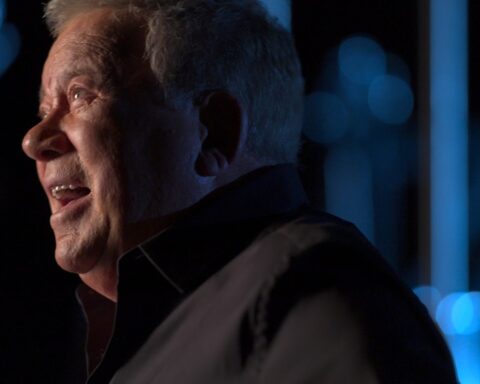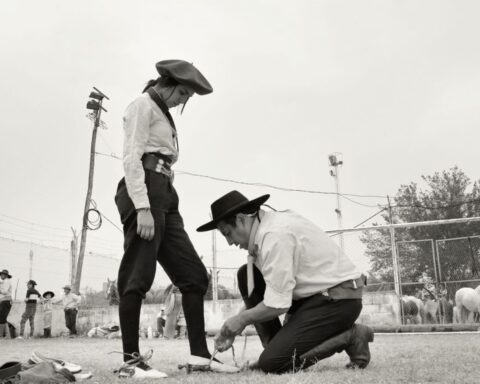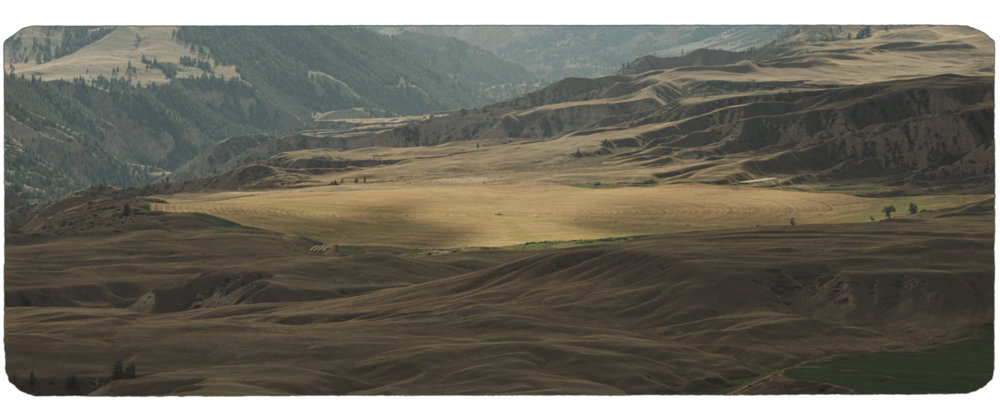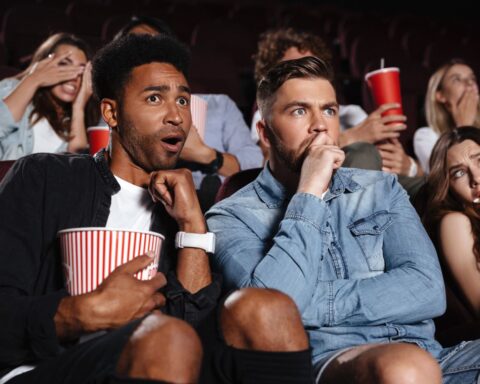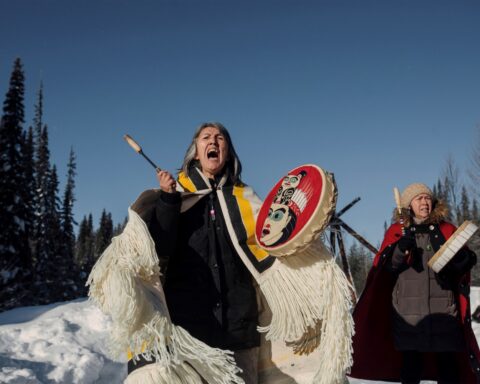Hal
(USA, 90 min.)
Dir. Amy Scott
Is there a director with a winning streak better than Hal Ashby? Perhaps rivaled only by early career Woody Allen in his prolific output, but far more consistent in the quality of his formative years, Ashby delivered one influential film after another in the 1970s. From the box office success of Shampoo (1975) to the Oscar-winning gold of Coming Home (1978) to the comedic brilliance of Being There (1979), his films occupy a decent chunk of what many film buffs consider the best decade in cinema. Ashby gets a warm cinephile’s appreciation in Hal, an engaging crash course on authorship and film history.
While Francis Ford Coppola, Steven Spielberg, and Martin Scorsese often get the majority’s share of credit for revolutionizing cinema in the 1970s, Ashby’s contribution to film is equally significant yet often overlooked. He’s also one of only four filmmakers to direct actors to Oscar wins in all four acting categories: Jane Fonda and Jon Voight for Coming Home, Melvyn Douglas for Being There, and Lee Grant for Shampoo. (The other directors to achieve this feat are William Wyler, Elia Kazan, and Martin Scorsese.) This mere bit of trivia shows the impact Ashby had on the film scene in relatively brief period, and simply how present his films were at the front of the class.
Director Amy Scott combs through Ashby’s filmography and chats with some of Hollywood’s finest to remind audiences that he directed some of the best films of the decade that were hugely influential even if (or perhaps because) they rankled studio bigwigs and fought for artist expression. The doc features ample clips of Ashby’s films, and meaty ones too, that provide a great glimpse of his work alongside interviews with some of his top collaborators, archival recordings with the director himself, and letters read in voiceover by Ben Foster. Scott tours through Ashby’s career in the studio system beginning with the earliest days during which he walked onto the lot and landed work as an assistant film editor. Hal breezes through this chapter of Ashby’s filmography, using his early work mostly to introduce his relationship with longtime friend and collaborator Norman Jewison, who provides some of the doc’s most effective interviews. Jewison speaks about Ashby’s perfectionism and fanatical approach to cutting a film as he tells Scott about his time working with Hal on movies like The Cincinnati Kid (1965) and The Russians are Coming! The Russians are Coming! (1966), which receives little more than a mention.
Scott spends more time, and appropriately so, on Jewison’s In the Heat of the Night (1967), which won five Oscars including one for Best Picture and one for Ashby’s editing. She and Jewison discuss how Ashby’s effective editing furthered the film’s landmark depiction of race relations in the USA. The conversation transitions quickly to Ashby’s work as a director with the themes of Ashby’s debut feature The Landlord (1970) continuing the socially committed but entertaining filmmaking of In the Heat of the Night. This move, unfortunately, means that Ashby’s great work on Jewison’s The Thomas Crown Affair (1968) barely receives more than a flash in a montage despite having the snazziest editing of all his films. However, Scott, herself an editor before becoming a director, knows that cutting a film means killing some darlings in the service of a tighter and stronger picture.
Hal spends far more time on Ashby’s directorial efforts. The doc devotes most of its running time to each film Ashby helmed in the 1970s and they’re all worthy of in-depth consideration. Landlord, like Heat, deals with complex issues of racism in a divided nation. Collaborators such as Louis Gossett, Jr. and Beau Bridges speak to the intensity of shooting such a topical film on location when racial tensions might have easily sparked violence. Filmmakers like Alexander Payne (Sideways) and David O. Russell (Silver Linings Playbook) reflect on the influence of Ashby’s formative work.
Similarly, the chapter of Hal that deals with Ashby’s delightfully unconventional romantic comedy Harold and Maude (1971), starring Ruth Gordon and Bud Cort in the May-December romance of an 80-year-old Holocaust survivor and a 20-year-old boy morbidly obsessed with death, unpacks the artistic significance of the film and its ongoing legacy. One only needs to see a few frames to grasp how Harold and Maude probably inspired every Wes Anderson movie, but far more invigorating is the discussion by Scott’s interviewees who read the film as a metaphor for the free love grooviness of the era. The film’s message on loving anyone despite his or her age, sex, race, creed, religion, etc. irked studios.
Ditto the chapter on Ashby’s The Last Detail (1973), which incensed studio pen pushers with its salty language. On the other hand, the landmark sex scene in Coming Home in which Jon Voight’s paraplegic veteran goes down on Jane Fonda, doesn’t even receive a mention for its sex-positive portrayal of the disabled. (I also would have loved some juicy gossip about the bitter Oscar war between Coming Home and fellow anti-war nominee, and eventual winner, The Deer Hunter, but that might be material for another film.) Scott scores some valuable interviews with key players from both films, including screenwriter Robert Towne and editor Robert C. Jones for the former and Voight and Fonda for the latter. These figures speak about Ashby’s work quite passionately and Scott’s doc captures the artists’ grasp that they were making something more than just movies at the time—films that articulated social anxieties and frustrations with a freshness and authenticity that few movies afforded.
The chapters on Shampoo and Being There — my personal favourite of the Ashby oeuvre — highlight the director’s remarkable hand at comedy. The films convey significant analyses of gender, class, race, and privilege and demonstrate how Ashby’s films were linked no so much by their aesthetics but by their themes and social conscientiousness. Talking heads like Lee Grant, Lisa Cholodenko, and Judd Apatow unpack the finest moments of each of these films.
Other moments, like the interviews with cinematographer Haskell Wexler on Bound for Glory (1976), capture the dark sides of Ashby’s temperamental and uncompromising perfectionism. Hal’s lesson for the film industry of today is perhaps most successful when it explores Ashby’s imperfections, like his laborious shoots that went over budget and his failures as a husband and a father. The film’s final act is especially revealing as Scott considers the tragic ending of Ashby’s career as he fizzled out with a string of duds that failed critically and commercially in a system increasingly favoured commerce over art. However, even an interview with his daughter Leigh tells Scott how her favourite Ashby film is the commercial and critical bomb Looking to Get Out (1982), which, for her, provided a touching acknowledgement of Ashby’s absence from her life with its story of a man (Jon Voight) who struggles to be a good parent to his daughter (Voight’s daughter Angelina Jolie in her film debut). Scott turns even the low points of Ashby’s career into something valuable.
It’s hard to pinpoint what makes an Ashby film an Ashby film, though, and perhaps that’s why the films often carry more name recognition than the director credit does. Scott’s respectful appreciation of Ashby’s work positions him as an artist who captured the cultural pulse and inspired generations to pursue their vision and make socially relevant films. Ashby’s story is also one of the battle between the auteur filmmaker and the studios, and one of fighting for artistic integrity in an industry that continues to define itself largely by commercial success. Scott’s choice to dive into these complexities leaves more to ponder as we wonder how the Ashbys of today can thrive in an industry fueled by superhero “tent poles” and VFX extravaganzas. However, the impact of Ashby’s work is evident in the films that endure and in the generations of filmmakers they inspired.
Hal opens in Toronto at Hot Docs Ted Rogers Cinema on Jan. 18.





